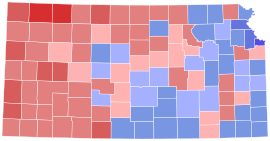Joan Marie Finney was an American politician who served as the 42nd governor of Kansas from 1991 to 1995. Prior to her tenure as governor, Finney served four terms as the Kansas state treasurer from 1975 to 1991. Finney was the first woman to hold either office.

The Kansas Republican Party is the state affiliate political party in Kansas of the United States Republican Party. The Kansas Republican Party was organized in May 1859.

John Michael Hayden is a retired American politician and veteran who served as the 41st governor of Kansas, from 1987 to 1991. He subsequently served as the Secretary of the Kansas Wildlife and Parks Department under Kansas governors Kathleen Sebelius and Mark Parkinson.

The Libertarian Party of New Hampshire (LPNH) is the New Hampshire affiliate of the national Libertarian Party (LP). Active since its foundation in 1972, it is the third-largest political party in the state having had multiple members elected to the New Hampshire House of Representatives as well as being ballot-qualified multiple times.
Since the Great Depression, Rhode Island politics have been dominated by the Rhode Island Democratic Party, and the state is considered part of the Democrats' "Blue Wall." Democrats have won all but four presidential elections since 1928, with the exceptions being 1952, 1956, 1972, and 1984. The Rhode Island Republican Party, although virtually non-existent in the Rhode Island General Assembly, has remained competitive in gubernatorial elections, having won one as recently as 2006. Until 2014, Democrats did not win a gubernatorial election in the state since 1992, and it was not until 2018 that they won one by double digits. The Rhode Island General Assembly has continuously been under Democratic control since 1959.

The 2002 Connecticut gubernatorial election took place on November 5, 2002. Incumbent Republican Governor John G. Rowland won reelection to a third consecutive term, defeating Democrat Bill Curry. Rowland became the first Connecticut Governor to win a third term in office, but did not finish his term, resigning in 2004 due to allegations of corruption. Despite losing this election, as of 2022, Curry is the last Democratic gubernatorial candidate to carry Windham County.

The 1994 Kansas gubernatorial election included Republican Bill Graves who won the open seat vacated by the pending retirement of Governor Joan Finney. He defeated Jim Slattery.
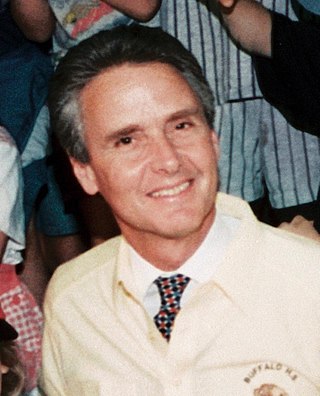
The 1992 West Virginia gubernatorial election took place on November 7, 1992. Incumbent Democratic Governor Gaston Caperton won re-election by defeating former Republican U.S. Representative Cleve Benedict and Democratic State Senator Charlotte Pritt, who ran as an independent write-in candidate after losing to Caperton in the Democratic primary election. Benedict had defeated Vernon Criss for his party's nomination; this was the only election between 1964 and 2000 that the Republicans had nominated someone other than Arch A. Moore or Cecil H. Underwood. Until 2020 this is the last time West Virginia has voted for the same party for Governor and for President, as both elections are held concurrently in the state. This is the most recent time that Democrats won both races concurrently.
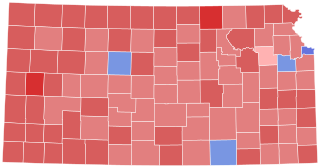
The 1996 United States Senate special election in Kansas was held November 5, 1996, concurrently with the presidential election and the regularly scheduled election for the state's Class 2 seat. Incumbent Republican U.S. Senator and Senate Majority Leader Bob Dole, the Republican nominee for president, had resigned on June 11, 1996, in order to focus on his presidential campaign. Lieutenant Governor Sheila Frahm was appointed to the seat upon Dole's resignation, but she was defeated in the primary by Representative Sam Brownback, who went on to win the general election.

The 1992 Missouri gubernatorial election was held on November 3, 1992 and resulted in a victory for the Democratic nominee, Lt. Governor Mel Carnahan, over the Republican candidate, Missouri Attorney General William L. Webster, and Libertarian Joan Dow. Carnahan had defeated St. Louis mayor Vincent C. Schoemehl for the Democratic nomination, while Webster had defeated Secretary of State Roy Blunt and Treasurer Wendell Bailey for the Republican nomination.

The 1976 United States presidential election in Vermont took place on November 2, 1976, as part of the 1976 United States presidential election which was held throughout all 50 states and the District of Columbia. Voters chose three representatives, or electors to the Electoral College, who voted for president and vice president.

The 1956 United States presidential election in Massachusetts took place on November 6, 1956, as part of the 1956 United States presidential election, which was held throughout all contemporary 48 states. Voters chose 16 representatives, or electors to the Electoral College, who voted for president and vice president.
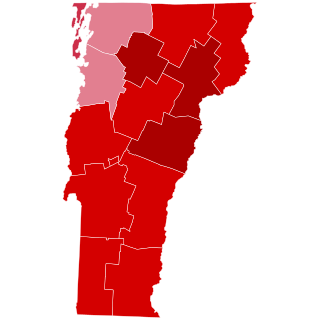
The 1956 United States presidential election in Vermont took place on November 6, 1956, as part of the 1956 United States presidential election which was held throughout all contemporary 48 states. Voters chose three representatives, or electors to the Electoral College, who voted for president and vice president.

The 1980 United States presidential election in New Jersey took place on November 4, 1980. All 50 states and the District of Columbia, were part of the 1980 United States presidential election. Voters chose seventeen electors to the Electoral College, which selected the president and vice president.
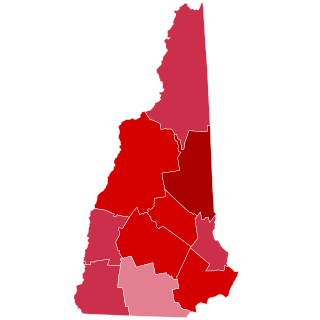
The 1956 United States presidential election in New Hampshire took place on November 6, 1956, as part of the 1956 United States presidential election, which was held throughout all contemporary 48 states. Voters chose four representatives, or electors to the Electoral College, who voted for president and vice president.

The 2000 West Virginia gubernatorial election took place on November 7, 2000. Incumbent Republican Governor Cecil Underwood ran for re-election to a second consecutive term in office, but was defeated by Democratic U.S. Representative Bob Wise. Concurrently, the state voted for the opposite party federally, choosing Republican nominee, George W. Bush over Democratic nominee Al Gore in the presidential election that year. As of 2022, this was the last time in which an incumbent West Virginia Governor lost re-election.

The 1996 West Virginia gubernatorial election took place on November 5, 1996 to elect the Governor of West Virginia. Republican Cecil Underwood, who had previously been the Governor of West Virginia from 1957 to 1961, defeated Democratic State Senator Charlotte Pritt. Concurrently, the state voted the opposite way federally, choosing Democratic U.S. Presidential nominee, incumbent Bill Clinton over Republican nominee Bob Dole in the Presidential election that year.

Elections were held in Illinois on Tuesday, November 7, 1978.

The 1980 New Hampshire gubernatorial election took place on November 4, 1980.

The 1958 Wisconsin gubernatorial election was held on November 4, 1958. The Democratic nominee, state senator Gaylord Nelson, defeated the Republican incumbent governor, Vernon W. Thomson, receiving 53.59% of the vote.
